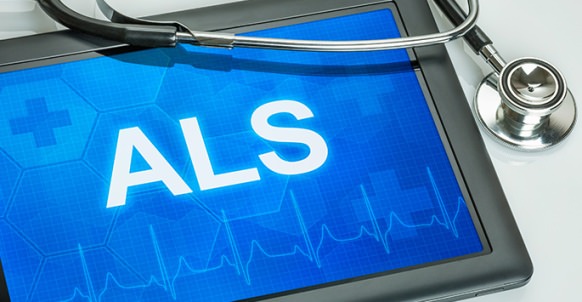ALS: All about amyotrophic lateral sclerosis
The Amyotrophic Lateral Sclerosis (ALS) is a central nervous system disease whose origin today is still an unanswered question. The ALS has no cure. You can move slowly or too fast, an evolution that varies in each patient. The loss of control over muscles makes people with ALS cannot do without help the most daily tasks. Walking, writing, talking, eating, dressing… the cognitive capacity is not reduced, which makes the patients are fully aware of the progress of their disease.
Table of Contents
ALS – Three letters which identify the amyotrophic lateral sclerosis, disease characterized by progressive degeneration of motor neurons in the cerebral cortex, brainstem and spinal cord. This causes muscle weakness that evolves until the paralysis in different parts of the body. ALS affects the autonomy engine, swallowing, breathing and oral communication, although the senses, intellect and eye muscles remain intact. The dependence of the patient, as the disease progresses, is growing and will need more help to perform most daily activities.
Causes
Research suggests that 5-10% of ALS cases are familial, which points to genetic factors among its causes. However, in the rest, is unknown by now what other factors make that some people are more prone to suffer this type of degenerative diseases.
Symptom
The appearance, sometimes without apparent cause, weakness or loss of strength in the hand (for example, buttoning the coat or pick up objects), foot (impossibility of extending the big toe and the foot fallen) in the head or neck; progressive difficulty to pronounce certain consonants or difficulty for swallowing (when taking liquids) are some of the first signs that can lead to suspicion and therefore should not be underestimated. The signs that warn us of those symptoms that frequently accompany the progression of the disease.
Muscular weakness
It is considered the most prominent symptom of ALS, due to the progressive deterioration of motor neurons. Starts affecting a muscle group and, gradually, is spreading to the rest. This causes muscle weakness and loss of dexterity.
Muscle cramps
It is painful and involuntary contractions of the muscles and lasting between 30-45 seconds. It may also appear other spontaneous contractions of muscle fibers and which are referred to as fasciculations.
Hypotonia and Areflexia
Another feature of ALS is the loss of muscle tone and stretch reflexes.
Emotional lability
Spasmodic laughter and crying and uncontrolled emotional stimuli to minimum and, in some occasions, without apparent cause. It is another manifestation characteristic of ALS.
Treatment
The multidisciplinary treatment (physiotherapy and rehabilitation, occupational therapy, speech therapy …) from the initial stages is essential to improve symptom control and the handle of respiratory problems. Treatment in which also plays an essential role the psychological support to deal with the process of dependency.
